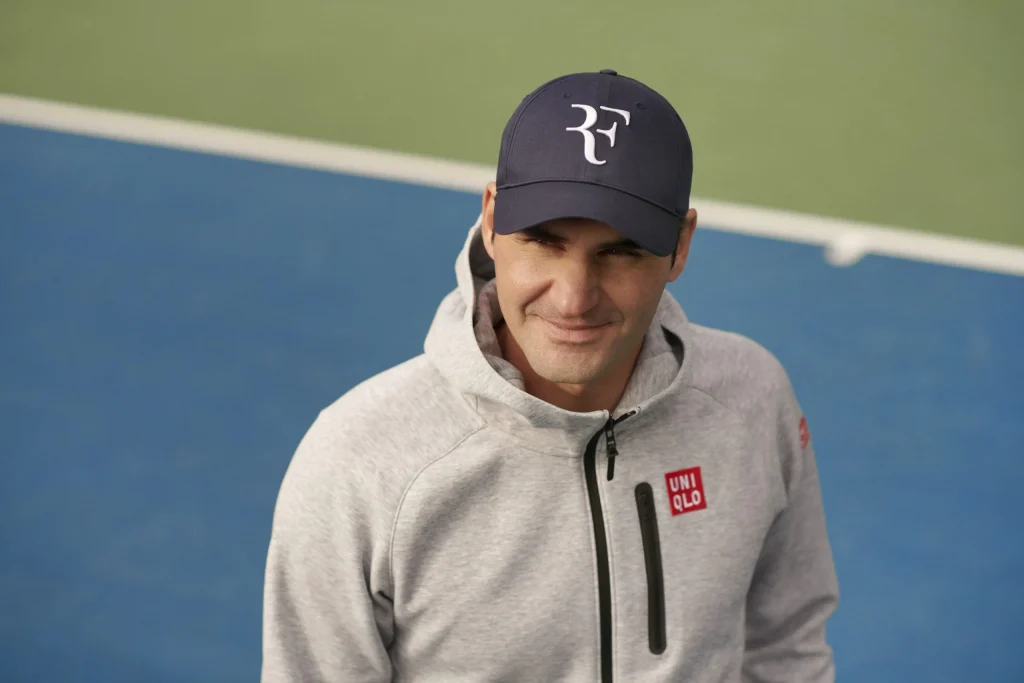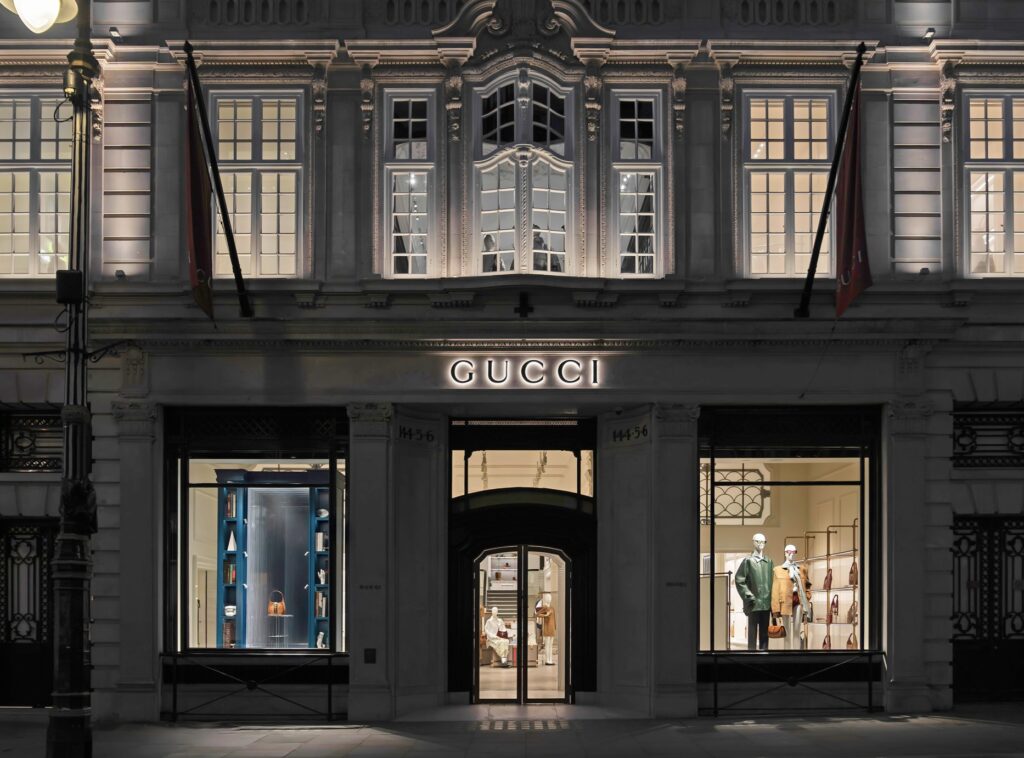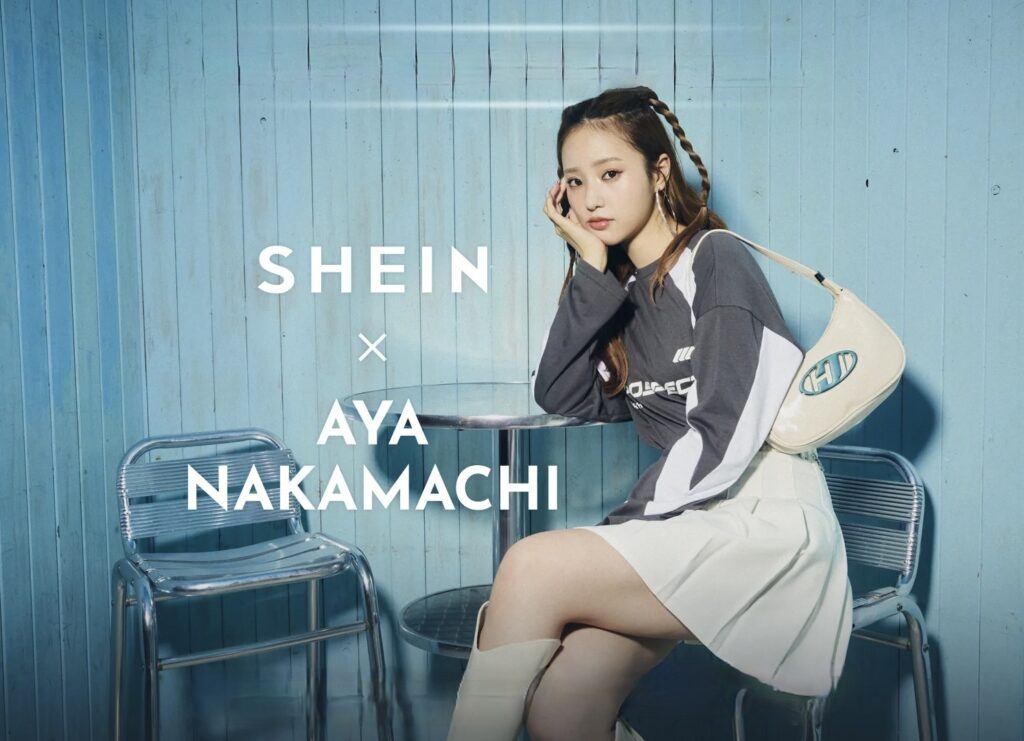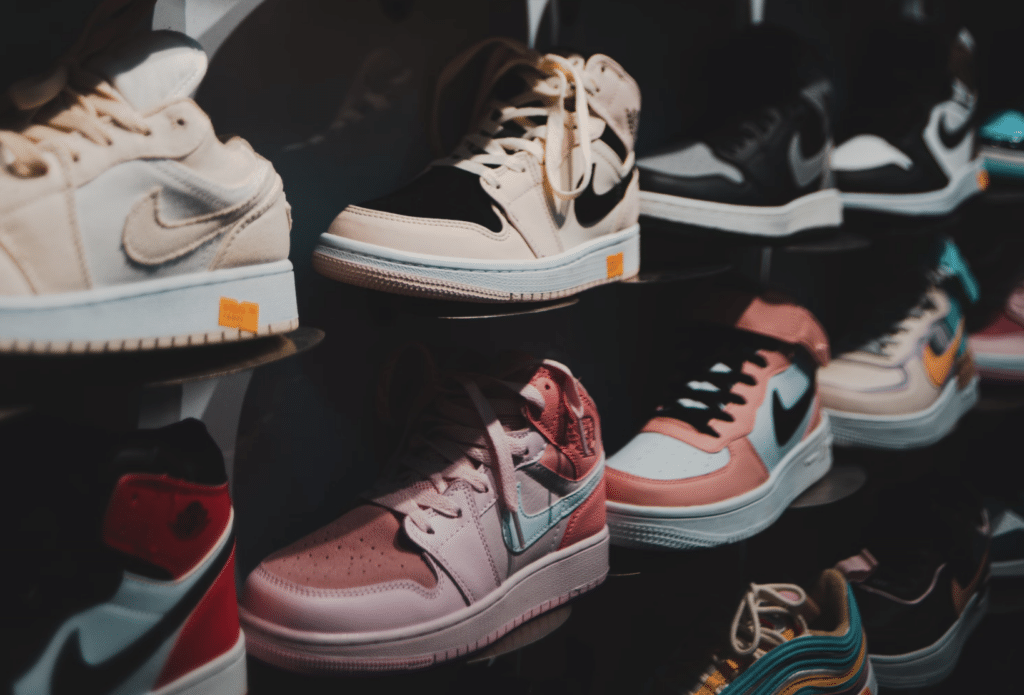In December, Roger Federer revealed that the “RF” was back. The tennis great was referring, of course, to the unveiling of a collection of hats bearing his famed logo in connection with his 2-year old sponsorship deal with Uniqlo. But there was more to the story than that. The introduction of “RF” logo-adorned Uniqlo hats was significant in that it marked the end of a high stakes legal back-and-forth between Federer and his former long-time sponsor Nike, which until recently maintained all rights in the logo, leaving Federer with little choice but to ditch the stylized logo when his contract with Nike came to a close in 2018.
The unveiling of the Uniqlo hats late last year came several months after news broke that the “RF” trademark had been sold by Nike. The buyer? A Bottmingen, Switzerland-based company called Tenro AG – i.e., a Federer-owned holding company that houses the Swiss tennis star’s portfolio of intellectual property assets. Until recently, the “RF” logo was not in that arsenal.
Created in 2008 and first used two years later in connection with Federer’s longstanding sponsorship deal with Nike, which dates back to 1994, the famed “RF” logo existed within Nike’s sweeping – and wildly valuable – portfolio of globally-reaching trademark registrations until the spring of 2020. Despite its relatively short amount of time in existence, the “RF” brand has enjoyed significant success. “The logo, itself, has become one of the most recognizable and distinctive signs in the world of tennis and sports in general,” according to LGV Avvocati attorney Giorgio Rapaccini.
Mr. Rapaccini says that the RF brand “reached a reported market value of $27 million dollars” by 2018, when Nike and Federer called it quits after a nearly 25-year-long partnership. Absent a renegotiation upon the expiration of Federer’s contract with Nike, the sportswear behemoth and the 20 Grand Slam men’s singles title-holding athlete went their separate ways. “We do not comment on athlete contracts,” a spokeswoman for Nike said when the news broke, adding, “We are thankful and proud to have been a part of Roger’s incredible journey and wish him the best in the future.”
Meanwhile, Federer – who was almost 37 at the time – swiftly announced that he would not be a free agent, so to speak; he had signed a 10-year, $300 million deal with Japanese giant Uniqlo.
Following the start of Federer’s first major Uniqlo outfitted tournament – Day 1 of the Wimbledon Championships, Forbes noted that he was – obviously – outfitted in Uniqlo, but “still wore Nike sneakers, as Uniqlo does not make tennis footwear.” As it turned out, Federer was not the only one holding on to something from his two-decade-long Nike alliance. While Federer kept his Nike sneakers, the Beaverton, Oregon-based sportswear giant maintained something, as well: rights in the RF logo.
Against that background, Federer’s transition between sponsors and thus, their respective branding, promptly raised questions. At the center of those musings was a common question: what would become of Federer’s famed “RF” logoed baseball hats, a signature accessory for the wolrd-famous tennis star.
“Mr. Federer’s hat contract with Nike has expired,” the Wall Street Journal stated in July 2018. However, given that the trademark rights in the logo were to remain with Nike, it was within Beaverton, Oregon-based rights to continue to make the hat, save for some potential complications, that is. Federer said at the time “that he hopes Nike will stop making the hat eventually and that his new sponsor, Uniqlo, will start producing its own version. He isn’t sure when that might occur, though.”
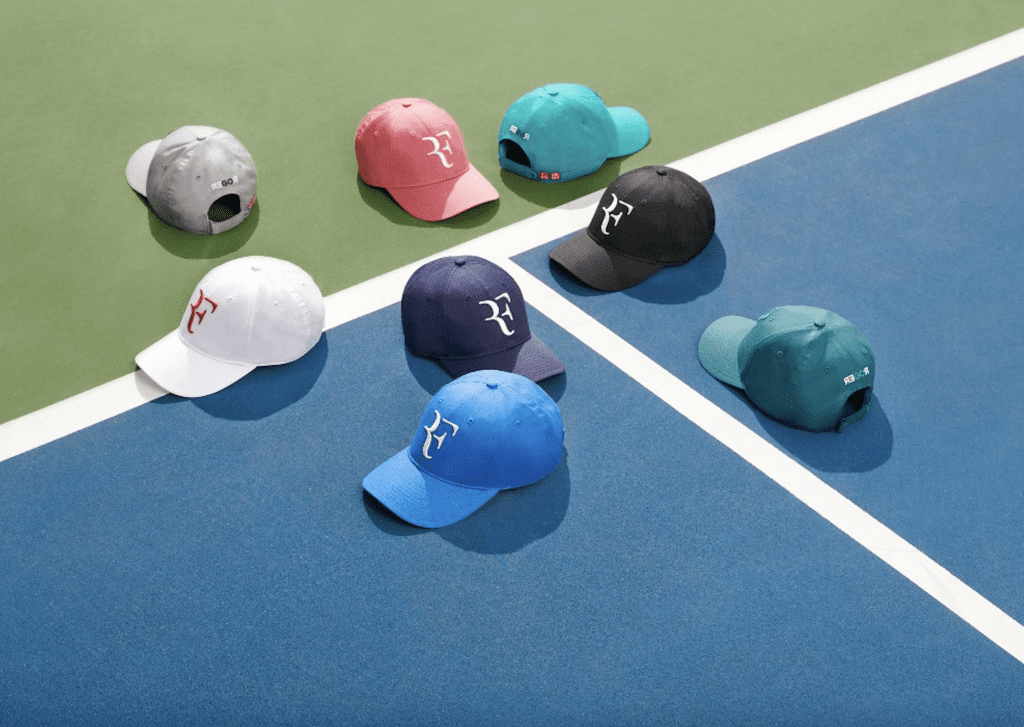
“It will come to me at some point,” Federer said in reference to the logo (and presumably, the use of the logo on the hat, more specifically). “I hope rather sooner than later that Nike can be nice and helpful in the process to bring it over to me. It is something that was very important for me, for the fans really.”
While it was clear what would become of the “RF” logo in the immediate aftermath of Federer’s leave from Nike in 2018 (rights in the Nike-created logo would stay with Nike and thus, would not appear on any of Federer’s Uniqlo-branded apparel), tennis fans and legal experts, alike, wondered what would come of the RF logo in the long run.
On the one hand, the “RF” trademarks and relevant registrations remained the exclusive property of Nike, and absent a formal agreement between the tennis titan and the sportswear behemoth, any use of the logo by Federer would likely be an infringement of Nike’s trademarks. On the other, the situation was likely complicated by the fact that the logo was – and indeed, is – closely linked to Federer and his sports performances, according to Rapaccini, thereby, “reducing (if not entirely eliminating) Nike’s interest in using the trademark after the termination of the relationship with the athlete.”
At the same time, depending on any post-sponsorship terms of the parties’ deal, there was a chance of legal action on Federer’s part should Nike use any part of his likeness without authorization. After all, the sports star maintains – and has always maintained – trademark rights in his name and his likeness. In certain jurisdictions, Rapaccini notes, “the use of the ‘RF’ trademarks in the absence of Federer’s consent, or in a manner that is dissociated from the famed sports figure, could give rise to a potential case of deceptiveness, and result in the famous trademark being declared invalid under Art. 58/2 EU Reg. 2017/1001 in the European Union.”
There was a risk that Nike “would be stopped from using their own trademark because a claim could be made that they are ‘passing off’ their wares as being endorsed by Federer” when no such sponsorship deal exists, Foot Anstey LLP solicitor John Shaw stated back in 2018. (Such an argument “echoes the decision in Fenty v. Arcadia Group Brands Ltd,” according to Shaw. In that case Rihanna’s likeness was used by Topshop on a t-shirt without her approval, and she successfully sued for passing off.)
In short: both parties seemed to be in a less-than-optimal position.
The result of such an “impasse” was a largescale lack of use of the “RF” brand for almost two years. Such non-use endured until February 2020 when Nike and Federer managed to reach a deal, thereby, prompting Nike to assign the trademark registrations that it had amassed for the “RF” mark in countries across the globe – from the U.S. to China – to Tenro AG. The details of their agreement remain under wraps, although experts believe that the Federer likely paid handsomely to gain ownership of the mark. (Based on London-based consultancy Brand Finance’s routine finding that brand-specific elements and assets can account for some “20 to 25 percent” of a company’s value, the “RF” logo could be worth as much as much as $6.75 million, based on the previously cited $27 million figure tied to the RF brand).
Reflecting on the ownership of the trademarks in an individual athlete’s name, Stevens & Bolton LLP’s Tom Collins says that it “will be straightforward in most cases. However, he cautions, “Intellectual property generated under commercial collaborations can create the potential for conflict, particularly following a breakdown in the relationship.” With this in mind, “from the athlete’s perspective, pushing for ownership in brand assets at the outset of a commercial collaboration (and perhaps granting an exclusive license for the duration of the relationship) will help to avoid some of these complications.”
At the same time, he aptly notes that the leverage required to make such demands in furtherance of sponsorship deals will vary – oftentimes quite significantly – between athletes and the sponsoring brand.
As a whole, the matter could prove to be a lesson for other athletes, particularly as Nike recently rolled out a couple of new logos for fellow tennis star Naomi Oasaka, with the sportswear giant filing a trademark application for registration for one of them – a logo that “consists of stylized letters ‘N’ and ‘O.’” To date, neither Nike nor Osaka have filed to register the full stylized “Naomi Osaka” logo.




